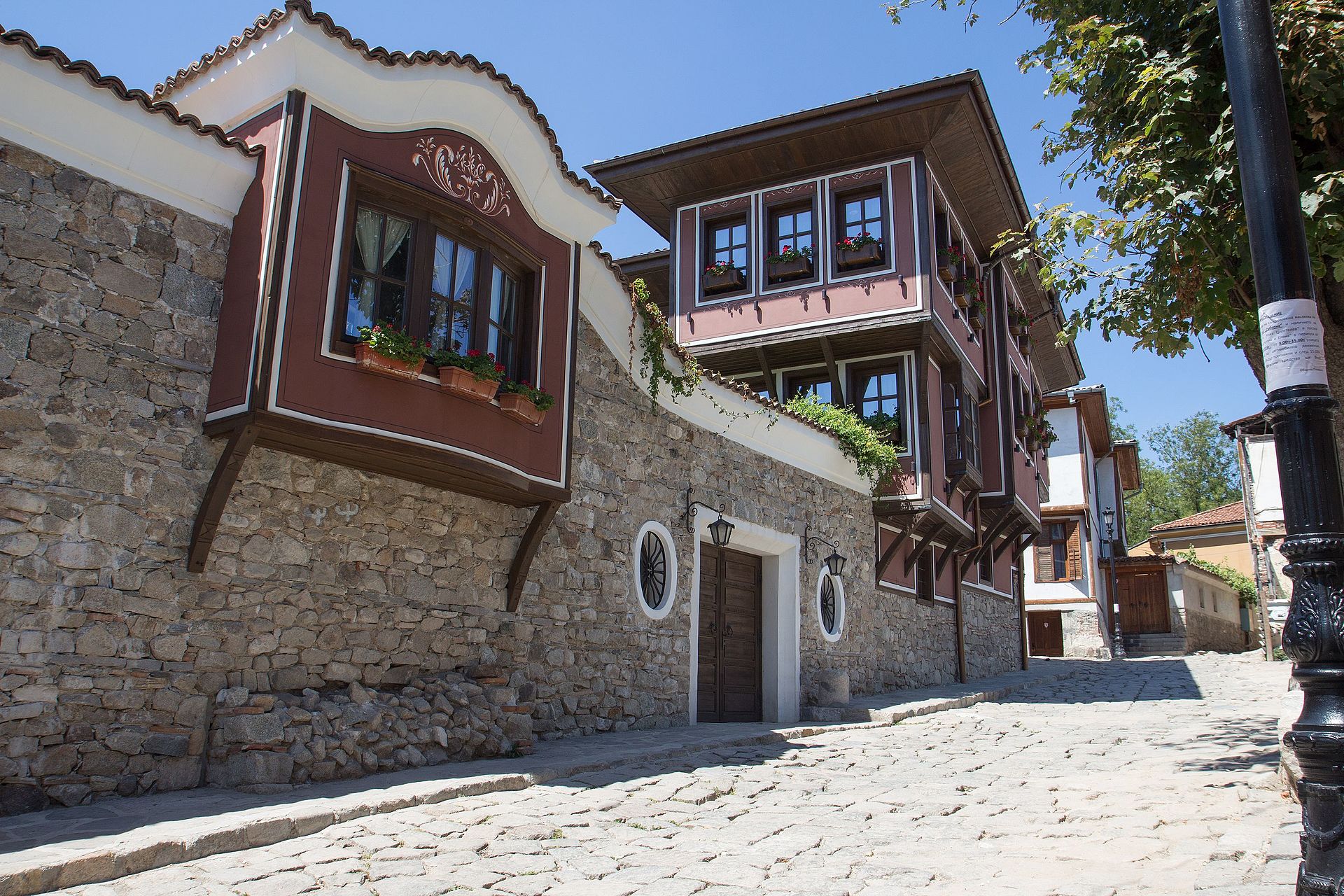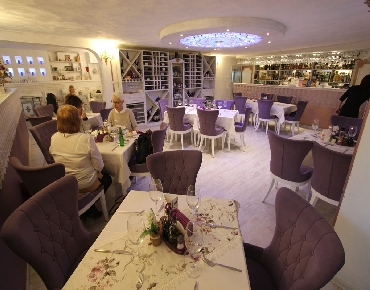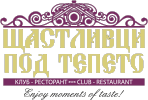Ancient Plovdiv Architectural Reserve is a well-preserved complex where on a relatively small area visitors can take walks through different historical ages, see ancient buildings adapted to the modern way of life and feel the spirit of the town from the Bulgarian Revival Period.
The Old Town, as the complex is known, lies on a natural elevation – the three hills (the closely situated Dzhambaz Hill, Nebet Hill, and Taksim Hill). Many peoples have inhabited this place through the centuries. And all of them have left traces of their cultures and also the different names they gave to the town. Plovdiv is one of the oldest towns in Europe – it dates back to 4000 years BC. During Antiquity the Thracians came to the hill and set up a fortified settlement that was conquered by Philip of Macedon in the 2nd century BC. He gave one of the many names of the town - Philipopolis, and surrounded it with thick fortification walls. Later the Thracians regained control over the town, but after a series of battles they lost it to the Romans in the 1st century. A fortress from Thracian times is preserved on the very summit of Nebet Hill.
During the reign of the Roman Empire Plovdiv (then called Trimontium) was an important district centre. The town flourished and there was a construction boom of buildings, equipment and roads.
Many well-preserved remains have survived from the prospering town, such as paved streets, fortification walls, buildings, water-supply system and sewerage. Trimontium expanded so much that it grew out of its walls and this called for the construction of new ones. Many parts of the town were located at the foot of the hill rather than on it.
Some of the more interesting sites from the Roman Period are the Roman Theatre, the Roman Stadium, the Ancient Forum, and Irene Residential House.
The Roman Theatre (the Amphitheatre) lies in a natural depression between Taksim and Dzhambaz Hills. It was constructed during the rule of Emperor Trajan (beginning of the 2nd century). It is extremely well-preserved. It used to have rich decoration and could seat up to seven thousand spectators. After it has been thoroughly restored, today performances can once again be staged at the ancient theatre.
The Roman Stadium is located beneath Dzhumayata Square where only part of it is visible. It was built in the 2nd century and was designed after the Stadium at Delphi – there are only 12 such stadiums in the world.
The Ancient Forum lies near Tsentralen Square, in close proximity to the Central Post Office. It was built in the 1st century during the reign of Emperor Vespasian. It is a complex comprising buildings, a library, a mint, an odeon, etc.
Irene Residential House can be seen in the Archaeological Underpass on Tsar Boris III Blvd. It has very rich mosaic decoration which includes a portrait of a woman signed with the name Irene and dates back to the 3rd – 4th centuries.
This was followed by the Byzantine period of the town – end of the 4th century. Not long after that the Slavs also came to this place – they named the town Paldin.
When the First Bulgarian Empire was established (7th century) Paldin was left outside of its borders. Khan Krum (who reigned in the period 803 – 814) was the first to conquer the town in 812, and it became official part of the state under Khan Malamir (who ruled in the period 831 – 836). The Byzantines managed to conquer it back, but with a varying success. In the course of time the control over the town switched many times, and there was even a brief period when it was governed by the knights of the Fourth Crusade. In 1344 the Bulgarians eventually gained control over the town.
The popular eastern fortress gate Hisar Kapia (Fortress Gate) is a remnant from the Middle Ages.
The Ottoman army conquered Plovdiv in 1364 and gave new direction to the development of the town. The Byzantine architecture was succeeded by a completely new construction style with typical Oriental features. The new name of the town was Filibe. Dzhumaya Mosque (located in the centre of the town, next to the Ancient Stadium), Chifte Bath (built in 1582 and transformed into a centre for modern arts), and the 16th century Clock Tower on the summit of Sahat Hill are all surviving examples from this period.
During the Revival Period Plovdiv became an important economic centre. The town was inhabited by many wealthy and educated people who travelled around Europe. And when they got back from their journeys they did not just bring exotic goods, but new cultural trends as well. The affluent Plovdiv merchants demonstrated their prosperity by constructing beautiful, richly ornamented houses that became emblematic for the Old Town. Unlike the small, asymmetrical and practical adobe houses from the beginning of the Revival Period, the designs of the buildings that were constructed later were more imaginative and dashing and their focus was on splendour and details. The new revival houses were symmetrical (oval hall and four rooms in the corners) and their design was varied by adding bay-windows and gossip rooms on the upper floor. In architecture they are referred to as Plovdiv Houses. Apart from its beautiful architectural style, the rich houses had additional annexes such as marble wells, storehouses for valuable goods, premises for the servants, and even Turkish baths with laundry rooms. Special attention was devoted to the beautifully-ornamented colour decoration of the façade. The decoration of the interior consisted of wall-paintings and wood-carved furniture, ceilings and staircase railings.
Some of the more interesting houses from the Bulgarian Revival Period are Mavridi House, Nedkovich House, Stepan Hindliyan House, Balabanov’s House, Kyumyurdzhiev’s House, etc.
Three of the exhibitions of the Regional History Museum are also displayed in interesting houses from the Revival Period.
Different buildings in the Old Town keep collections of the Town’s Art Gallery. Temples and public buildings from the Revival Period that completed the spiritual and cultural lives of the intelligent Plovdiv people have also survived to this day.
Most of the revival-period houses are very well-preserved and restored at Ancient Plovdiv Architectural Reserve.
The Old Town is a reserve storing a valuable part of the town’s history. But it is not a place that can remain unchanged. Just like in ancient times one culture used the foundations of others to achieve something better and newer, today the Old Town is not just a plain hill covered with ruins and houses. It is part of modern-day Plovdiv, it is adapted and adjusted to the needs and the ideas of the new generations. The Academy of Music and Dance Arts (in the building of the Yellow School) and the Faculty of Biology of Plovdiv University are located there. Many of the revival-period houses are still used as residential buildings even today. Others have been turned into museums and galleries. Performances and concerts take place at the Roman Theatre. The Old Town is a preferred place for strolls and the various cafes and nice restaurants, some of which with rich history, make the visits even more enjoyable – especially in the hot summer evenings.





